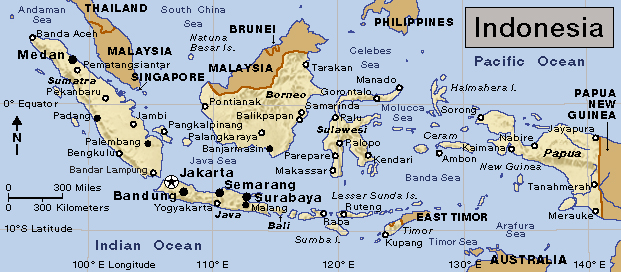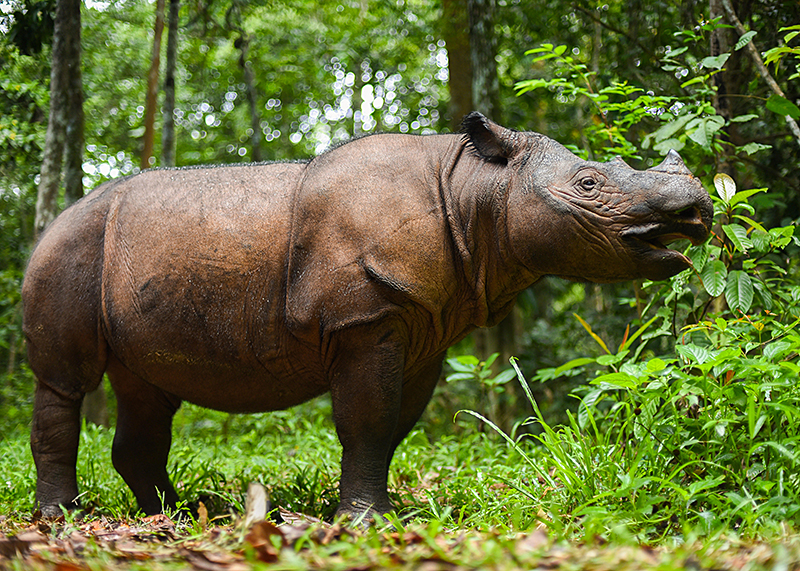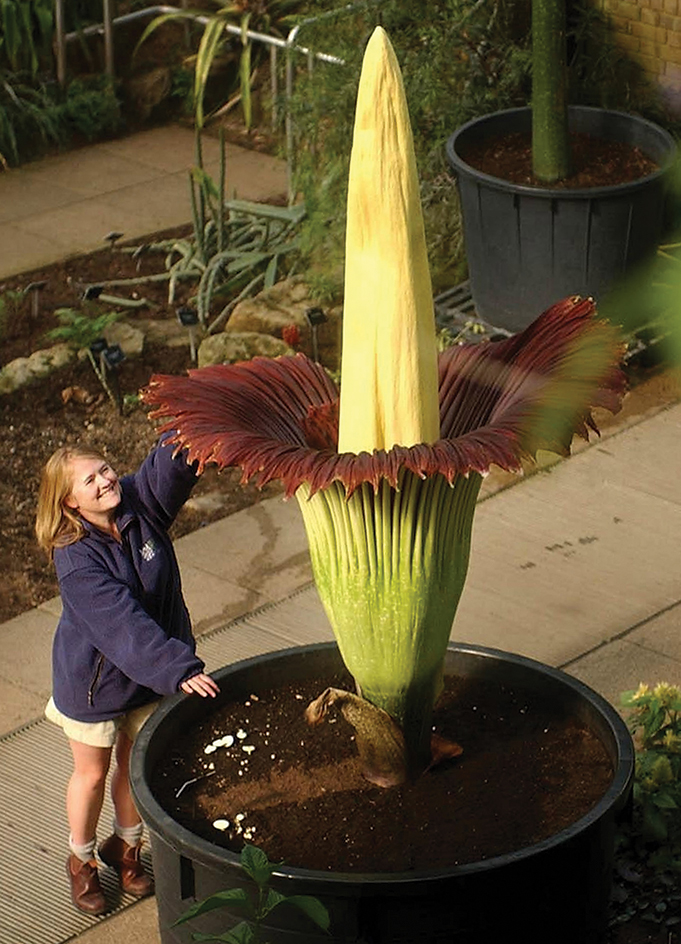Sumatra << soo MAH truh >> is an island in western Indonesia and the sixth largest island in the world. It covers an area of 182,860 square miles (473,606 square kilometers). Sumatra lies on the eastern edge of the Indian Ocean.

Sumatra has many ethnic groups, but the four largest are the Acehnese, Batak, Malay, and Minangkabau. The Acehnese live in Aceh, on the northern tip of the island. They are mostly Muslim, as are the Malay and Minangkabau. The Malay inhabit the eastern coastal areas, and the Minangkabau are in west-central Sumatra. The Batak live in northern Sumatra and are mostly Christian.

The Barisan Mountains stand along Sumatra’s western coast. Monsoons control the climate. Rainfall is heaviest from December to February, and lightest from May to September. Animals on Sumatra include elephants, orangutans, tapirs, and tigers. Two of the world’s largest flowers, the rafflesia and the titan arum, grow there. Natural gas and oil are important to the economy. Sumatra also produces coffee, palm oil, rubber, and tobacco.

Sumatra has been a trading center since at least the 600’s, when Asian and Middle Eastern merchants traded there. European traders began arriving in the 1500’s. The Dutch began to expand their empire into Sumatra in the early 1800’s but did not defeat the Acehnese until 1903. During World War II (1939-1945), the Japanese occupied what is now Indonesia. After the war, Indonesian nationalists declared independence in 1945. Sumatrans fought against a Dutch attempt at recolonization. In 1949, the Dutch recognized Indonesia’s independence.
In the 1970’s, the Free Aceh Movement began. Its supporters fought against central government forces for an independent Acehnese state. By 2004, over 15,000 people had died in the conflict. In December 2004, a powerful earthquake in the Indian Ocean near Sumatra generated a series of large waves called a tsunami. The tsunami killed about 228,000 people, including about 168,000 in Indonesia, mainly on Sumatra. The Indonesian government and Acehnese rebels declared an informal truce to allow aid to reach Aceh. They signed a peace agreement in 2005. As part of the agreement, the rebels gave up their weapons, and the government withdrew over 24,000 troops from Aceh. The agreement also gave the Acehnese the right to hold elections, and the first elections were held in December 2006.
